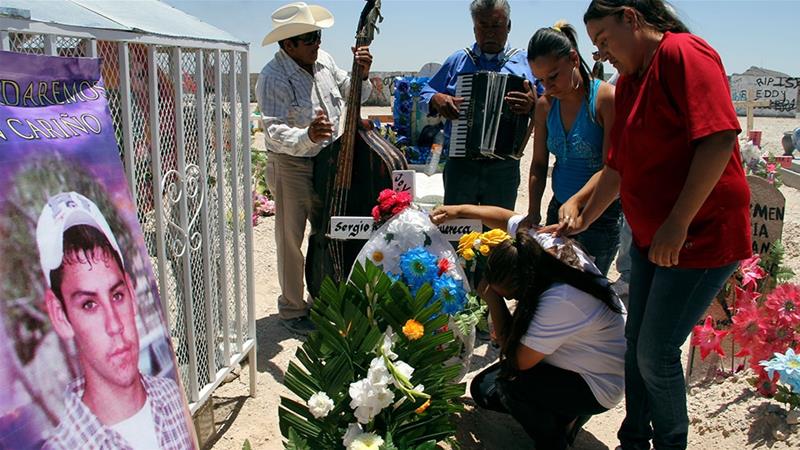
The Supreme Court began hearing oral arguments in the case of slain Mexican teenager killed by a US Border Patrol agent. The court heard arguments in the family’s appeal of a lower court’s ruling dismissing their case against the agent, Jesus Mesa, who had fired across a concrete spillway into Mexico from the Texas side of the border during the 2010 incident, striking 15-year-old Sergio Adrian Hernandez Guereca in the face.
The incident took place in June 2010 on the border between El Paso and Ciudad Juarez in Mexico. The Border Patrol said at the time Hernandez was pelting U.S. agents with rocks from the Mexican side of the Rio Grande when he was shot. Witnesses say Sergio and his friends were playing a game of chicken where they would run up the embankment, touch the barbed-wire fence on the U.S. side, and then sprint back. As they were playing, smugglers were nearby, throwing rocks at U.S. Customs and Border Protection agents. At some point, Agent Jesus Mesa, Jr. showed up on a bicycle and detained one of Sergio’s friends. Sergio ran back into Mexican territory and hid behind a bridge pillar. Standing on U.S. soil, Agent Mesa fired at least two shots across the border at Sergio, striking him in the face and killing him.
Following Sergio’s death, his parents, Jesus Hernandez and Maria Bentacour, sued the United States government, Agent Mesa, and Mesa’s supervisors. Their attorneys argue that Sergio—despite being a Mexican national—was nevertheless protected by the Fourth and Fifth Amendments, since he was killed by a federal officer who fired from American soil. The U.S. Department of Justice investigated the shooting but decided in 2012 it was “a reasonable use of force or would constitute an act of self-defense.” Federal prosecutors refused to indict Mesa. The Mexican government, on the other hand, charged Mesa with murder, but the United States won’t extradite Mesa so he can face trial.
With criminal prosecution off the table, Sergio’s family sought justice through a civil lawsuit. During arguments, liberal justices expressed concerns over providing no legal relief to the families of people who have been killed in cross -border shootings by U.S. agents, essentially allowing federal officers on American soil to act unlawfully with impunity. During the arguments, conservative justices appeared to lean toward the administration’s concerns while liberal justices voiced worry about leaving individuals with no way to hold federal officers accountable for unlawful conduct. The court has a 5-4 conservative majority.
The dispute hinges on whether the family, despite Hernandez having died on Mexican soil, can seek monetary damages against what they call a “rogue” agent for violating for the U.S. Constitution’s Fourth Amendment, which bars unjustified deadly force as well as Hernandez’s right to due process under the Constitution’s Fifth Amendment. For the family’s lawsuit to move forward, the Supreme Court would have to widen the scope of its 1971 decision allowing certain suits against federal officials. That case, referred to as the Bivens action, involved a domestic search.
The high court previously considered Hernandez’s case in 2017 but did not decide the central legal question, instead directing the New Orleans-based 5th U.S. Circuit Court of Appeals to reconsider its ruling that had barred the lawsuit. The 5th Circuit last year again ruled against the family, prompting a second trip to the Supreme Court where they will again decide if the Bivens act should be extended and Mesa held accountable.
Read more

The FBI has arrested a 27-year-old Colorado man who was allegedly planning to bomb a synagogue in Pueblo. Court documents say Richard Holzer was arrested after he examined fake pipe bombs that had been prepared by co-conspirators who turned out to be undercover agents. His arrest came just two days before his planned bombing of The Temple Emanuel synagogue in Pueblo, Colorado.
“After being contacted by undercover FBI agents posing as fellow white supremacists, Mr. Holzer indicated that he wanted to do something that would let Jewish people in the Pueblo community know that they are not welcome and that, according to him, they should leave or they will die,” U.S. Attorney for the District of Colorado Jason Dunn said.
Undercover FBI agents had been tracking and interacting with Holzer since late September after he came on their radar for continually talking about killing Jews in online forums. The investigation of Holzer began after an undercover FBI agent purporting to be a woman who supports white supremacy contacted him on Facebook in September. Holzer allegedly sent the agent pictures and video of himself with guns and images related to white supremacy.
Agents say Holzer once wrote on Facebook, “I wish the Holocaust really did happen… they need to die.” According to court documents, Holzer messaged the undercover agent about initiating a racial holy war and said with was going to Temple Emanuel “to scope it out.” He told the agent that he planned to poison the synagogue with arsenic-something he claimed to have done before, but ultimately wanted to shut the synagogue down and condemn it.
That agent arranged for him to meet with friends who were actually more undercover agents on Oct. 17 in Colorado Springs. He allegedly talked to them about his plan before volunteering that he could use Molotov cocktails on the building when asked what other methods he was considering to shut down the building. The FBI claims that Holzer was the first person to mention using explosives during the meeting. After they visited the synagogue later that day, the affidavit says Holzer observed that Molotov cocktails would not be enough, and he and the agents then discussed using pipe bombs, which the agents offered to supply.
During a meeting where the agents brought what Holzer thought were live explosives, he described them as “absolutely gorgeous” and said they should go ahead with the attack overnight to avoid police, the court document said. The agents arrested him during that meeting.
The Temple Emanuel synagogue is the second-oldest in Colorado and was completed in 1900, according to Temple Emanuel’s website. It has a congregation of about 30 families and a rabbi from Denver who travels two hours away to Pueblo twice a month.
Read more
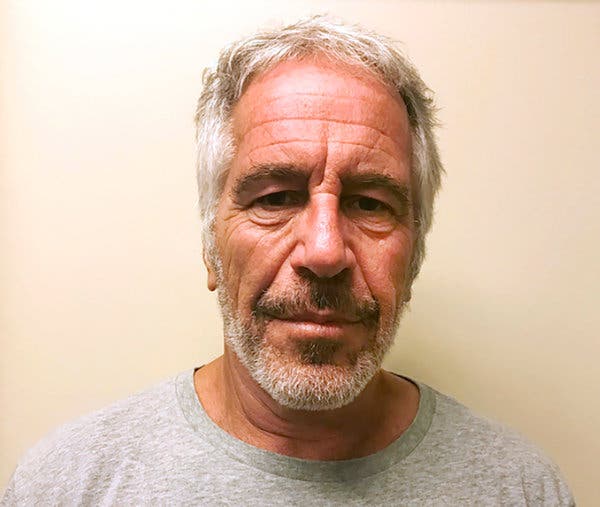
A forensic pathologist hired by the brother of Jeffrey Epstein says the injuries that killed the multimillionaire sex abuser were consistent with strangulation — not a death by suicide, as a New York medical examiner reported. Dr. Michael Baden says a broken bone in Epstein’s neck is “extremely unusual in suicidal hangings and could occur much more commonly in homicidal strangulation.” The claim by Dr. Michael Baden, a former New York City medical examiner who has worked on high-profile cases during a five-decade medical career, is certain to reignite suspicions that surfaced immediately after Epstein.
Epstein was found dead in his Manhattan jail cell on August 10th as he awaited trial on federal sex trafficking charges. Epstein once counted President Trump and former President Bill Clinton among his high-profile friends. Prosecutors alleged that the previously convicted sex offender paid girls as young as 14 hundreds of dollars for massages before he molested them in his homes in New York and Palm Beach, Fla., between 2002 and 2005. Since he was awaiting trial in federal prison, federal agencies had jurisdiction over the investigation into his death.
Baden noted that the 66-year-old Epstein had two fractures on the left and right sides of his larynx, specifically the thyroid cartilage or Adam’s apple, as well as one fracture on the left hyoid bone above the Adam’s apple. “Those three fractures are extremely unusual in suicidal hangings and could occur much more commonly in homicidal strangulation.” There were also hemorrhages in Epstein’s eyes that were common in homicidal strangulation and uncommon, though not unheard of, in suicidal hangings, the forensic pathologist said.
While there’s not enough information to be conclusive yet, the three fractures were “rare,” said Baden, who’s probed cases involving O.J. Simpson, President John F. Kennedy, Martin Luther King, record producer Phil Spector, New England Patriots star Aaron Hernandez and many others. “I’ve not seen in 50 years where that occurred in a suicidal hanging case,” the 85-year-old said.
The ligature, or item used to tie something tightly, allegedly was made from a sheet that had been twisted and put around Epstein’s neck, Baden said. Evidence on the cloth material could help prove whether or not someone else was involved in Epstein’s death. “Whoever it is would have their DNA all over the ligature,” he said. “We don’t have those results yet,” he added, saying those results “should be reported quickly to give an idea and lessen the speculation.”
Chief Medical Examiner Dr. Barbara Sampson said in a statement that she is standing by her findings. “Our investigation concluded that the cause of Mr. Epstein’s death was hanging and the manner of death was suicide. We stand by that determination,” she told Fox News in a statement. “We continue to share information around the medical investigation with Mr. Epstein’s family, their representatives, and their pathology consultant. “The original medical investigation was thorough and complete,” she continued, adding that “there is no reason for a second medical investigation by our office.”
Read more
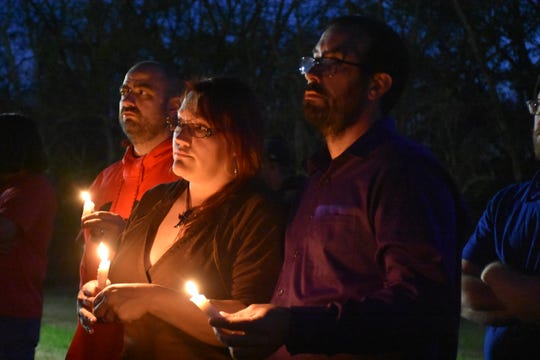
As the GM strike continues, picketers received some bad news from Tennessee. A striking United Auto Worker union member was hit by a car and killed outside the General Motors plant in Spring Hill where workers were maintaining an active picket line. The UAW said in a statement that 55-year-old union member Roy McCombs “tragically lost his life today on a picket line standing up for a better life for himself and his coworkers.”
McCombs was hit on a bridge outside the GM plant as he was crossing the road to get to the picket line around 6 am. McCombs was transported to a hospital and pronounced dead in the emergency room, said Lt. Jeremy Haywood of the Columbia police department in Columbia, Tennessee. The driver who hit McCombs was cooperating with investigators.
Local 1853 Chairman Mike Herron said, “Sergeant Orlando Cox from the Columbia Police Dept. will be releasing a statement shortly that will describe this event as an innocent tragic accident. He has asked that everyone refrain from going to the South Gate for safety reasons. He requested that any vigils be held at our union hall and not in the vicinity of this accident — to ensure the safety of the participants.”
Herron said the UAW local sends thoughts and prayers to McCombs’ family as well as the driver, “who was on her way to drop off her kids at the day care center located at the south exit when this tragic accident occurred.” All strike activity has ended at the South Gate of the plant and no pickets will be set up there in the future, Herron said. Also, the UAW crisis team has been called in and will meet personally with UAW members that were on the South Gate at the time of the accident as well as McCombs’ coworkers on the third shift.
UAW members at Spring Hill have taken part in picketing as part of the union’s nationwide strike against GM since Sept. 16 though it’s been contentious from the start. Maury County sheriff’s deputies in Tennessee had arrested nine protesters on Sept. 18 when they refused to stop blocking the south entrance to the plant. A 10th arrest came when someone drove recklessly through plant’s entrance, sheriff’s officials said.
A court in Tennessee granted GM’s request to prevent UAW picketers from blocking the entrance to the factory. The order was in effect until Oct. 8. It followed several arrests at the plant since GM’s 46,000 UAW workers went on strike. “After dialogue failed to stop the incidents of harassment, violence and vandalism by a few people, we had to take necessary actions to protect everyone involved,” GM said at the time. The order barred the UAW and its members from blocking entrances, detaining vehicles, creating obstructions on roadways or “assaulting, intimidating, falsely imprisoning, harassing or destroying the property of GM employees” and others at the plant.
Read more
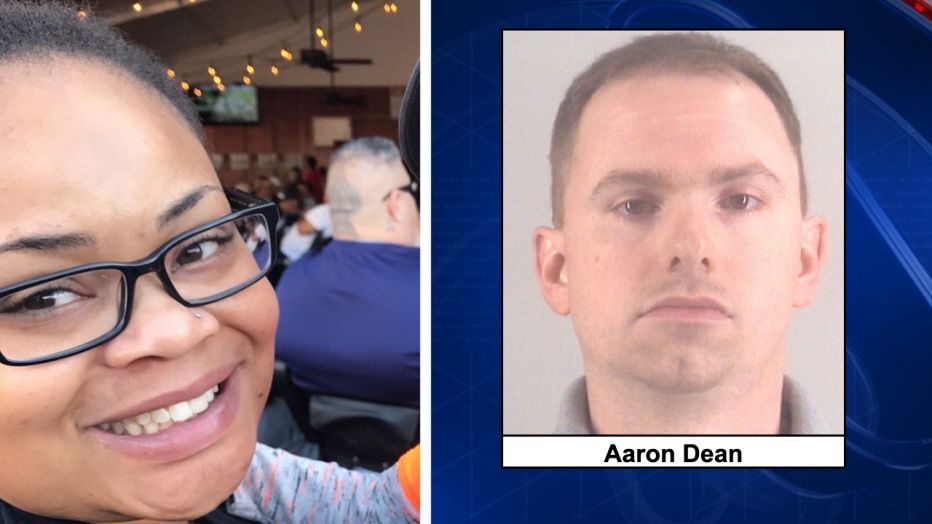
Fort Worth, Texas Police Officer Aaron Dean, 34, has been arrested and charged with murder after he shot and killed a 28-year-old Atatiana Jefferson inside her own home. Aaron Dean was booked into the Tarrant County Corrections Center and later released on a $200,000 bond, according to jail officials. The arrest came just hours after Dean’s resignation from the police force. Dean, who joined the department in April 2018, still faces possible civil rights violations, Kraus said.
Interim police Chief Ed Kraus said during a press conference earlier that he intended to end Officer Aaron Dean’s employment, but that Dean tendered his resignation first. Had the officer not resigned, I would have fired him for violations for several policies, including our use of force policy, our de-escalation policy and unprofessional conduct. Dean was initially placed on administrative leave after he shot Jefferson to death but he has not been cooperating with investigators in the case, Kraus said.
Officer Dean was responding to a non-emergency call from a neighbor for a wellness check after the neighbor saw Jefferson’s front door was open. Jefferson was playing video games with her 8 year old nephew early Saturday morning just minutes before she was killed. Body camera shows that when police arrived, Dean shined a flashlight through Jefferson’s window and yelled, “Put your hands up — show me your hands,” before firing a single shot at Jefferson seconds later. He never identified himself as a police officer.
Police Chief Kraus said he doesn’t know what, exactly, led Dean to open fire. “I cannot make sense of why she had to lose her life.” The chief said Dean resigned without talking to internal affairs investigators. The video included images of a gun inside a bedroom. Kraus said he did not know whether Jefferson was holding the weapon. But he said the mere fact she had a gun shouldn’t be considered unusual in Texas. “We’re homeowners in Texas,” the police chief said. “Most of us, if we thought we had somebody outside our house that shouldn’t be and we had access to a firearm, we would be acting very similarly to how she was acting.” Kraus said that, in hindsight, releasing the images of the weapon was “a bad thing to do.”
Jefferson was staying at her mother’s house in Fort Worth to help her recover from an injury when the shooting happened at about 2:25 a.m. A lawyer for Jefferson’s family, Lee Merritt, said her relatives were “relieved” over the arrest. Merritt said that on the night of the shooting she had been playing video games with her 8-year-old nephew and lost track of time. Earlier that night, he said, the family had opened the front door to allow crisp fall air inside to cool down the house. “We need to see this through to a vigorous prosecution & appropriate sentencing,” he tweeted. “The City of Fort Worth has much work to do to reform a brutal culture of policing.”
In a separate news conference earlier Monday, Jefferson’s family demanded an outside investigation into her death. “This man murdered someone,” Darius Carr, Jefferson’s brother, told reporters. Jefferson was “simply going on along with her life, living a law-abiding citizen’s peaceful life, and she was killed by a reckless act of a Fort Worth police officer,” an older sister, Ashley Carr, said. “There is simply no justification for his actions.” Police Chief Kraus brought the case to the Texas Rangers, who he said were not inclined to take it up at that point, and to the FBI, which did not immediately say whether it would review it.
Read more
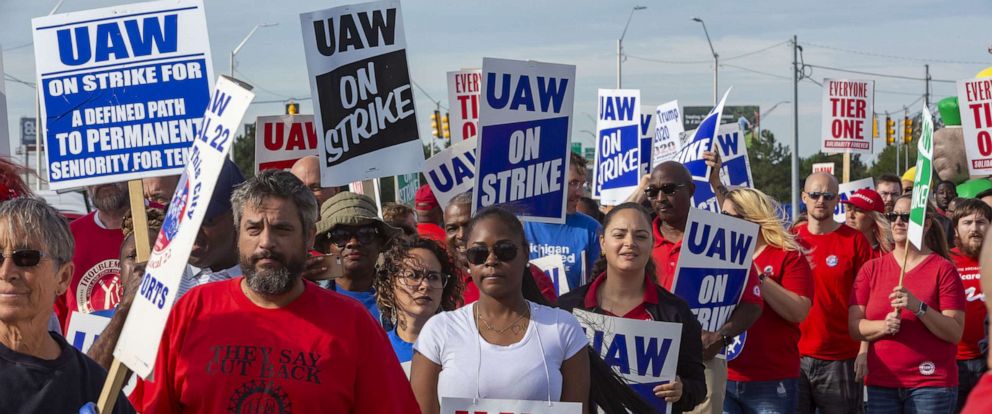
As the GM strike entered its fifth week, the United Auto Workers union announced that picketing workers can expect an extra $25 a week from the union’s strike fund. GM, on the other hand, can expect its dealers to face increased difficulty in sourcing certain replacement parts, while others worry about the prospect of subpar inventory. The UAW’s bargaining team presented a new comprehensive offer to GM as talks continued. In addition to the slightly boosted strike pay, the UAW also lifted the cap on cash earned at outside jobs. Starting Sunday, workers moonlighting at other jobs can keep the full strike payment, regardless of what they made in their alternate gig. Strike payments are typically clawed back on a dollar-for-dollar basis after the worker passes the $250 threshold.
In addition to a host of other issues, health care sits near the top of UAW concerns in this latest round of talks. With GM looking to downsize in an era of shrinking auto sales and economic uncertainty, offering generous health benefits represents a major cost to each company. An agreement was reached between GM and the UAW that keeps the previous health care arrangement intact. The agreement keeps the arrangement where workers cover just 3 percent of their health care costs — an agreement GM briefly abandoned earlier in the bargaining process. The automakers would undoubtedly seek concessions in other areas but unions are not prone to accept concessions lightly.
In the tentative deal with General Motors, the union won on many of its goals, including a path to permanent employment for temporary autoworkers, a faster route to top pay for workers hired after 2007 and a flattened pay structure for permanent employees, who would reach $32.32 per hour by the end of the four-year deal. The biggest obvious loss for the union is the continued closure of the Lordstown Assembly plant in Ohio.
The Lordstown Assembly Plant in Ohio is to remain closed, as will transmission plants in Warren and Baltimore; and a parts distribution center in Fontana, California, will close during the term of the contract. The union said it negotiated assistance packages for workers at Lordstown, Warren and Baltimore transmission plants, including $75,000 payments for eligible production workers and $85,000 for skilled workers who retire. There are also buyout options for those not eligible to retire.
Some other features of the deal include UAW-represented GM workers will get a bonus of $11,000 upon ratification of the deal and temporary workers will get $4,500. GM will invest $7.7 billion in U.S. facilities to create or retain 9,000 jobs. There will be wage increases of 3% in the second and fourth year of the contract, with 4% lump sum payments in the first and third years. Temporary workers, who have been paid $15-$19 an hour with inferior benefits to permanent autoworkers, get a path to a permanent role starting next year. Part-time workers get a path to regular status starting in 2021. These workers also get improved paid and unpaid time off. By September 2023, all permanent manufacturing employees will be at $32.32 per hour.
The tentative deal is far from perfect and the UAW is trying to persuade union workers to accept the deal. Experts said General Motors has lost more than $1 billion in profits, while line workers have lost nearly $750 million in income. With the state of Michigan are losing tax dollars, there’s a growing sentiment that something has to change soon and many hope this deal will finally end the strike.
Read more
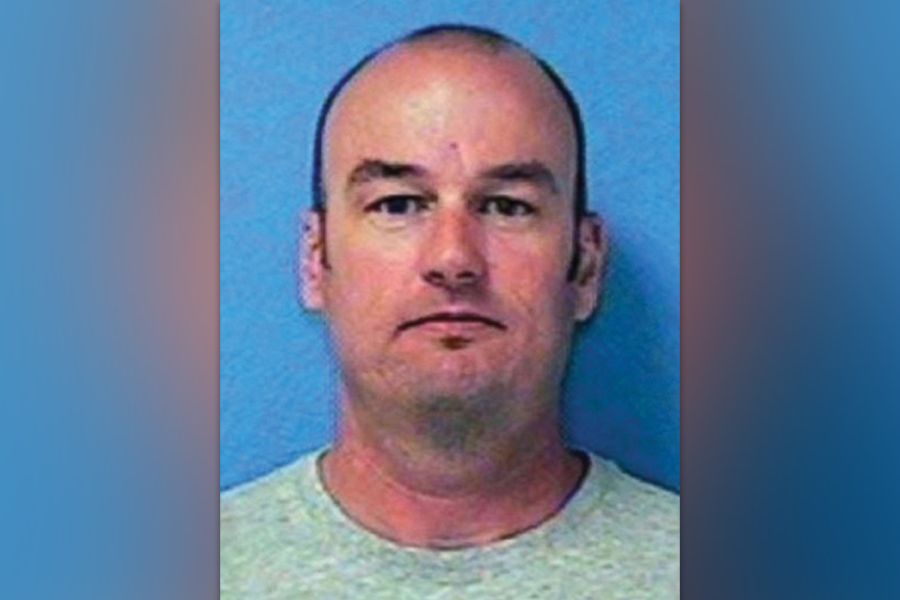
In Maryland, a self-described white nationalist Coast Guard lieutenant pleaded guilty to four federal weapons and drugs charges, after investigators uncovered his plot to kill high-profile liberal figures, including Democratic lawmakers, media personalities and judges. Fifty-year-old Christopher Hasson was arrested with a stockpile of 15 guns and more than 1,000 rounds of ammunition, after he used his work computer at the Coast Guard to read the manifestos of mass killers and to research sniper attacks.
Hasson worked as an acquisitions officer and was arrested at Coast Guard headquarters in Washington in February. Investigators said they found 15 firearms, two homemade silencers and more 1,000 rounds of ammunition in his Maryland home, as well as at least 100 pills of the painkiller Tramadol and more than 30 bottles of purported human growth hormone. Two of the four counts in Hasson’s indictment charged him with illegally possessing unregistered and unserialized silencers. He also was charged with possession of a firearm by an unlawful user or addict of a controlled substance, and illegal possession of tramadol, an opioid painkiller.
Inspired by the manifesto of Norwegian mass murderer Anders Breivik, Hasson spent hours researching the tactics of domestic terrorists, prosecutors said. “I am dreaming of a way to kill almost every last person on earth,” he wrote on his computer, saying he would “have to take serious look at appropriate individual targets, to bring the greatest impact.” Among the targets on a list found on Hasson’s computer were Speaker of the House Nancy Pelosi, MSNBC anchor Chris Hayes and Democratic Senator Kamala Harris. Hasson also targeted two Supreme Court justices and two social media company executives and searched online for their home addresses in March 2018, within minutes of searching firearm sales websites, according to prosecutors. Prosecutors wrote that the former Marine considered them “traitors.”
In a 2017 letter he sent to himself as a draft and apparently wrote to a neo-Nazi leader, Hasson identified himself as a white nationalist for over 30 years and “advocated for ‘focused violence’ in order to establish a white homeland,” prosecutors said. He researched how to make homemade bombs and mortars, studied sniper training and used his government computer to search for information about Nazis and Adolf Hitler, prosecutors said.
Federal prosecutors did not file terrorism charges against Hasson. Assistant U.S. Attorney Thomas Windom indicated the government may seek the maximum sentence of up to 31 years in prison at the sentencing hearing scheduled for January 31, 2020. Hasson’s attorney, Elizabeth Oyer, said she intends to seek a 3.5-year sentence for her client. Oyer said Hasson “was not plotting a terrorist attack or any of the abhorrent acts that the prosecution has repeatedly speculated about but never actually charged. Mr. Hasson never meant any harm to anyone. He deeply regrets the pain and embarrassment that he has caused his family and the U.S. Coast Guard”. Oyer has said prosecutors found no evidence to back up terrorism allegations. She accused them of seeking to punish Hasson for “private thoughts” he never shared.
Read more
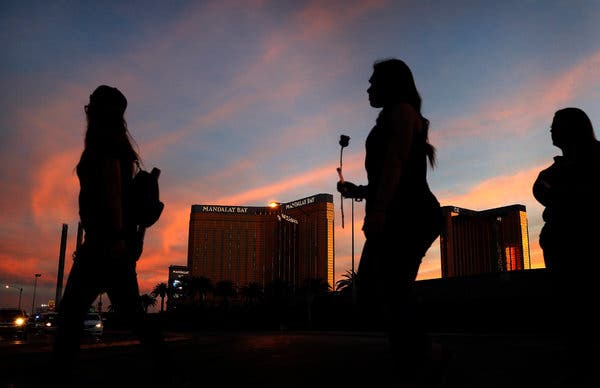
MGM Resorts International has agreed to an $800 million settlement with more than 4,000 survivors of the 2017 massacre outside the Mandalay Bay casino. The settlement was announced after survivors joined friends and families of those killed at a commemoration ceremony marking the second anniversary of the massacre. An independent claims administrator will be appointed by a court to distribute money from a settlement fund. The payout process is expected to be completed by late 2020, lawyers said.
It was October 1, 2017, when a lone gunman named Stephen Paddock used semiautomatic rifles altered with bump stocks to open fire from the resort’s 32nd floor on a country music festival below, killing 58 people and wounding 851 others. Paddock, a reclusive 64-year-old gambler, sprayed bullets on a crowd of 22,000 concertgoers from the 32nd floor of the Mandalay Bay Resort and Casino, which is owned and operated by MGM Resorts. He fired for between 10 to 15 minutes at the country music festival.
It remains the worst mass shooting in modern U.S. history. Lawyers representing survivors and victims’ wanted MGM held liable for negligence because the shooter was able to enter the hotel with luggage that held an arsenal of high-powered, assault-style weapons and thousands of rounds of ammunition. Paddock was found dead in his hotel room from a self-inflicted gunshot wound. Federal investigators have still not been able to identify a motive for the shooting.
Police found 23 guns inside his hotel suite and discovered that he had brought more than 10 suitcases to the room over several days, authorities said. Lawsuits filed since the shooting questioned how and why the hotel did not know he was hoarding high-powered weapons and ammunition in his hotel room in the days leading up to the attack. Attorney Jim Frantz, who represents nearly 200 survivors and the families of four victims, said the settlement “should be a message to all the other corporations and businesses around the country-that they need to step up their security.”
MGM Resorts International and attorneys for about 4,440 plaintiffs, said the final amount of money awarded will depend on the number of plaintiffs who choose to take part in the settlement. “While nothing will be able to bring back the lives lost or the undo the horrors so many suffered on this day, this settlement will provide fair compensation for thousands of victims and their families,” Robert Eglet, one of the lead lawyers for the plaintiffs, told reporters. Eglet called the settlement a “milestone in the recovery process for the victims of the horrifying events” of Oct. 1, 2017. Eglet and lawyers from two California firms represent about 2,500 plaintiffs.
In July 2018, MGM spurred outrage when it aggressively tried to avoid liability by filing federal lawsuits against more than 1,000 victims in a legal maneuver aimed at avoiding liability. In its civil actions, MGM claimed it did not have to pay damages to shooting victims because the company was protected by 2002 legislation, the Support Anti-Terrorism by Fostering Effective Technologies, or Safety Act. It protects corporations in the event of mass attacks committed on U.S. soil, provided services certified by the Department of Homeland Security were deployed. The company cited a federal law passed after the Sept. 11, 2001, attacks that encouraged companies to deploy anti-terrorism security technology without fear of being held responsible for damages in the event of a terrorist attack.
MGM Resorts Chairman and CEO Jim Murren now says that “prolonged litigation around these matters is in no one’s best interest. It is our sincere hope that this agreement means that scenario will be avoided.” The deal is not an admission of any wrongdoing by MGM, Murren said in the statement
Read more
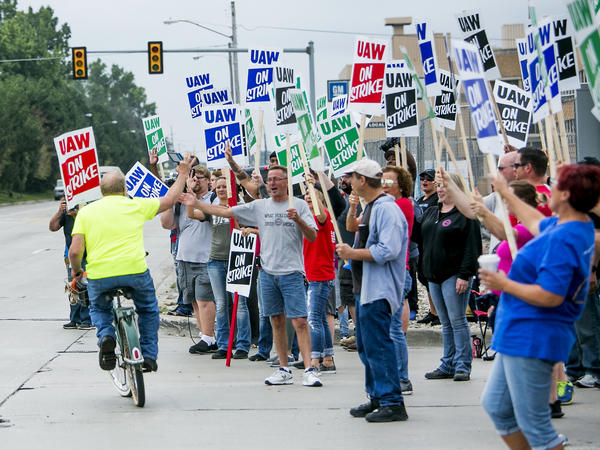
On September 15th, nearly 50,000 members of the United Auto Workers (UAW) launched a strike, walking out of over 50 General Motors facilities. Workers say GM continues to deny employees’ demands for fair conditions and compensation despite leading the company to record profits following bankruptcy and a federal bailout. The nearly 50,000 full-time and temporary workers represented by the UAW make up about half of its workforce.GM workers say they are pushing for a more equitable contract that will guarantee better wages for new hires, stronger health-care benefits and more job security. Workers are forgoing their paychecks during the strike, though the UAW will pay them $250 a week from its strike fund.
GM has made over $30 billion in the past six years, since recovering from its 2009 bankruptcy. Although they received profit-sharing checks that totaled $52,500 for the same period, workers want pay raises that will show up year after year. They gave up cost-of-living pay raises and made other concessions to keep the company afloat during its 2009 bankruptcy, and now they want to be repaid. Longtime workers have received only two raises since 2010. Workers hired after 2007 still make less than older workers, and the union wants to erase that gap.
The company is facing a global auto sales slowdown and also says health care costs are too high, and it wants to cut labor costs so they are closer to U.S. factories owned by foreign competitors. Senior GM workers now make around $30 per hour, but with benefits, it adds up to $63 per hour. Total labor costs run an average of $50 per hour at the foreign plants. The car giant has moved to close a handful of production facilities in the United States in recent years despite strong profitability margins. GM made $8.1 billion in profit after taxes last year but announced the closure of four factories, scuttling thousands of jobs. GM says it has offered to make $7 billion in investments and create 5,400 jobs, including introducing electric trucks, opening a battery cell manufacturing site and investing in eight existing facilities.
The strike has effectively halted GM’s production in the US and just a day after the strike, GM responded with a letter announcing they had cut off health insurance for the nearly 50,000 people on picket lines across the country. GM spokesman David Barnas said the decision to cut workers’ health care was a standard practice during stoppages, likening it to the cessation of worker paychecks. A spokesperson for the UAW stated that they would cover the striker’s health-care fees under COBRA in the interim from the pool of money it keeps for strikes. Employee dental and vision plans will not be covered during the strike.
The effects of the strike have been felt quickly, when GM dismissed 1,200 workers from an assembly plant in Ontario, Canada just three days after the strike started. GM has said the temporary layoffs were the result of parts shortages in the United States because of the strike. The factory had produced full-size pickup trucks. Analysts say GM could be losing as much as $50 million to $100 million a day from the stoppage. 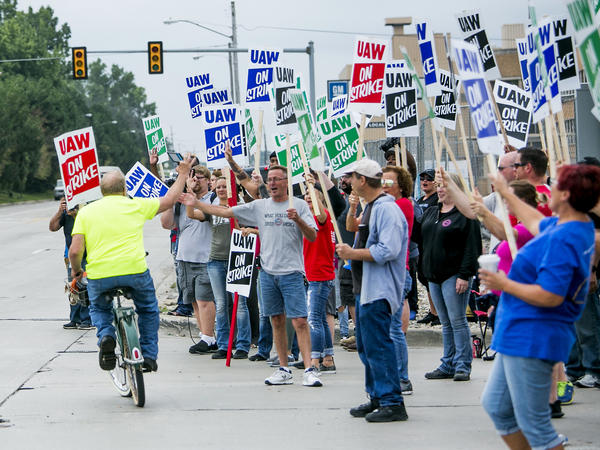
Read more

The U.S. Coast Guard has recovered all but one body after a commercial diving boat named the Conception, caught fire in the early hours of Monday morning off the coast of Santa Cruz Island in Southern California. The only survivors were five crew members of the 75-foot vessel who were sleeping on or above deck. All 33 passengers and one crew member sleeping below deck at the time of the fire were killed in horrific disaster. Authorities have yet to determine the cause of the fire.
The boat and company, Truth Aquatics Inc., are well-known in the tight-knit Southern California diving community, which is now reeling from the horrific maritime tragedy that killed teenagers, families, veteran divers, and one crew member, who were wrapping up a three-day scuba diving trip. Divers were inspecting the ship’s wreckage with plans to raise it from the ocean floor, but that process may be complicated by forecast high winds in the coming days.
The surviving crew members told a harrowing story of their frantic attempts to save the passengers trapped below deck in a bunk room already engulfed in flames. One member of the crew told of hearing a noise from his bunk on the wheelhouse deck of the Conception and that when he opened the door of the wheelhouse, he saw flames erupting from the galley area but never heard smoke alarms. He told investigators he tried to get down a ladder but flames had engulfed the ladder.
Scrambling, the other crew members jumped from the bridge of the boat to the main deck. One person broke their leg doing so. They then rushed to the galley’s double doors to try and reach the passengers below, but the fire was already too intense.
At around 3:15 a.m., the captain made a frantic mayday call to authorities, telling them that the boat was engulfed, 33 people couldn’t escape, and “there’s no escape hatch for any of the people on board.” At that point, due to heat, flames, and smoke, the crew had to jump from the boat. Two crew members swam to the back of the Conception to get the inflatable skiff, then collected the others and made it to a nearby fishing boat, the Grape Escape.
Shirley Hansen, owner of the Grape Escape, said that she and her husband awoke at 3:30 a.m. to “horrific pounding” and a group of distraught, wet men, some injured and just in their underwear. Once on the Hansen’s boat, the men tried to call 911 for rescue and two crew members then took the dinghy boat back to the Conception to try and rescue any survivors but there were none. The Hansen’s said you could hear explosions from the engulfed diving boat every couple of minutes.
Officials have been looking at the dive boat’s maintenance and inspection records, which the Coast Guard said were up to date, and trying to understand if the 34 victims who had been sleeping in rows of narrow bunks even had a chance to escape. Officials are using advanced DNA technology to identify the victims. None of the names of the dead, who ranged in age from 17 to 60, have been publicly released by authorities but friends and family have confirmed who was on the boat. Among the victims were a family of five, a teacher and his daughter, and a diving instructor and marine biologist.
Read more














